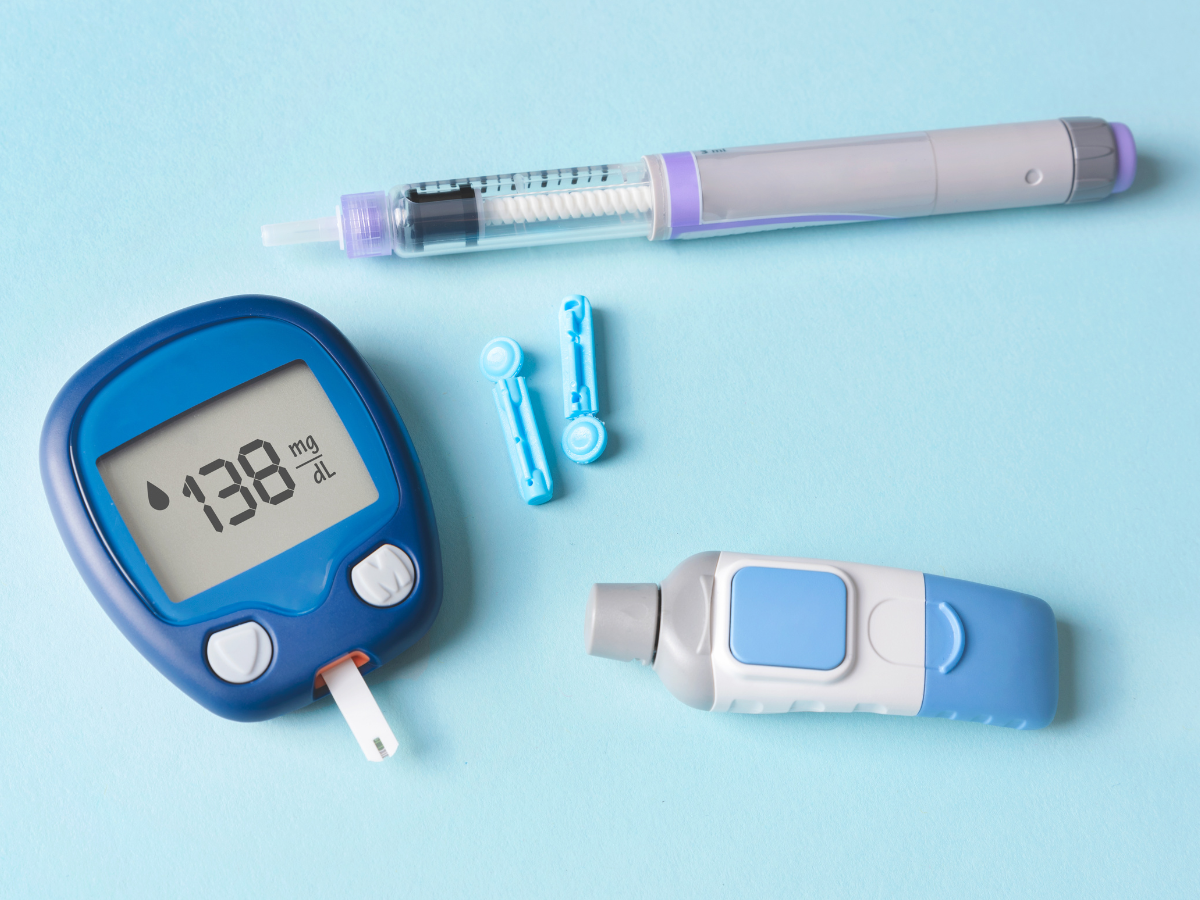Your Guide to FDA Approval & Terminology for RPM Devices
The market for medical and wearable health monitoring devices is growing. If you’re looking to implement a remote patient monitoring (RPM) program, finding devices that perform efficiently and safely is essential. This raises an important question: Should you be looking for FDA-approved devices? What does it mean for a remote patient monitoring (RPM) device to be FDA-approved? And what do terms like FDA-registered or FDA-cleared mean? Below, we’ll break down everything you need to know about FDA terminology for RPM devices so you can choose the best tech for your patients.

A Summary of FDA Regulations for RPM Devices
Some home monitoring technology is legally classified as medical devices, while others are not. All products considered medical devices, including certain remote patient monitoring devices, are regulated by the U.S. Food and Drug Administration (FDA).
The FDA’s role is to ensure that medical devices are safe and effective. However, not all devices are subject to “approval.” The level of scrutiny a device undergoes depends on its complexity. Here’s a quick overview of terms you may encounter when researching RPM devices:
- FDA-registered
- FDA-cleared
- FDA-approved
RPM Medical Device Classes: I, III & III
Understanding which classifications apply to different devices can clarify the FDA terminology.
Medical devices fall into three regulatory categories: Class I, II, and III. Each class represents a different level of risk and regulatory control, with Class I being the least complex and Class III being the most complex.
Class I Medical Devices
Class I devices present the lowest risk to users. They are simpler than Class II or III devices and typically don’t interact with vital organs. Most RPM devices fall outside this category.
Examples:
- Non-electric wheelchairs
- Bandages
- Tongue depressors
Class II Medical Devices
Class II devices are more complex and often serve critical health functions. These devices must receive FDA clearance. Most RPM devices are classified as Class II, meaning they require FDA clearance to be marketed legally.
Examples:
- Pulse oximeters
- Blood pressure monitors
- Glucose meters
- Smart scales
Class III Medical Devices
Class III devices are the most complex, often supporting or sustaining life. These devices require FDA approval. RPM devices typically do not fall into this category.
Examples:
- Pacemakers
- Defibrillators
- Implanted prosthetics
FDA-Registered: Not the Same as Approved or Cleared
All businesses manufacturing and distributing medical devices must register with the FDA annually. Once registered, the FDA adds these businesses to its database.
However, this registration does not mean the devices are FDA-approved, FDA-cleared, or authorized.
In essence, FDA registration only indicates that the FDA is aware of a manufacturer and its products. Manufacturers cannot claim their devices are FDA-approved or cleared based solely on registration.
FDA-Approved Remote Patient Monitoring Devices
Some RPM devices are FDA-approved, but most are not—primarily because FDA approval is only required for certain medical devices (Class III).
What does FDA approval entail?
The process involves submitting extensive data to the FDA to demonstrate that the device’s benefits outweigh any potential risks. Once approved, the device can be marketed as FDA-approved.
It’s important to note that the lack of FDA approval for many RPM devices doesn’t imply they are unsafe or ineffective. Instead, they may follow a different regulatory process, as explained below.
FDA-Cleared Remote Patient Monitoring Devices
Most RPM devices require FDA clearance, not approval. This is the most common regulatory pathway for RPM devices.
Manufacturers achieve FDA clearance by demonstrating that their device is similar or substantially equivalent to an already-cleared product. In simpler terms, if a new RPM device uses technology or serves the same purpose as an existing FDA-cleared product, it may qualify for clearance. However, manufacturers must still provide evidence of the device’s safety and effectiveness.
Key takeaway: When choosing RPM devices, prioritize FDA-cleared products. Partnering with an RPM provider that understands this landscape can help you select the best technology for your program.
Trust CoachCare to Help You Navigate RPM Device Selection
Despite the many benefits of RPM, navigating the FDA’s regulatory landscape can feel overwhelming. Working with an experienced platform provider like CoachCare can mitigate risks and ensure your program gets off to a strong start.
CoachCare provides access to reliable devices and a comprehensive platform that simplifies the use of RPM data and insights. From billing to monitoring to training, we’re here to guide you every step of the way.
Ready to get started?
Reach out to us today to learn more about your options and how CoachCare can help you implement a successful RPM program.